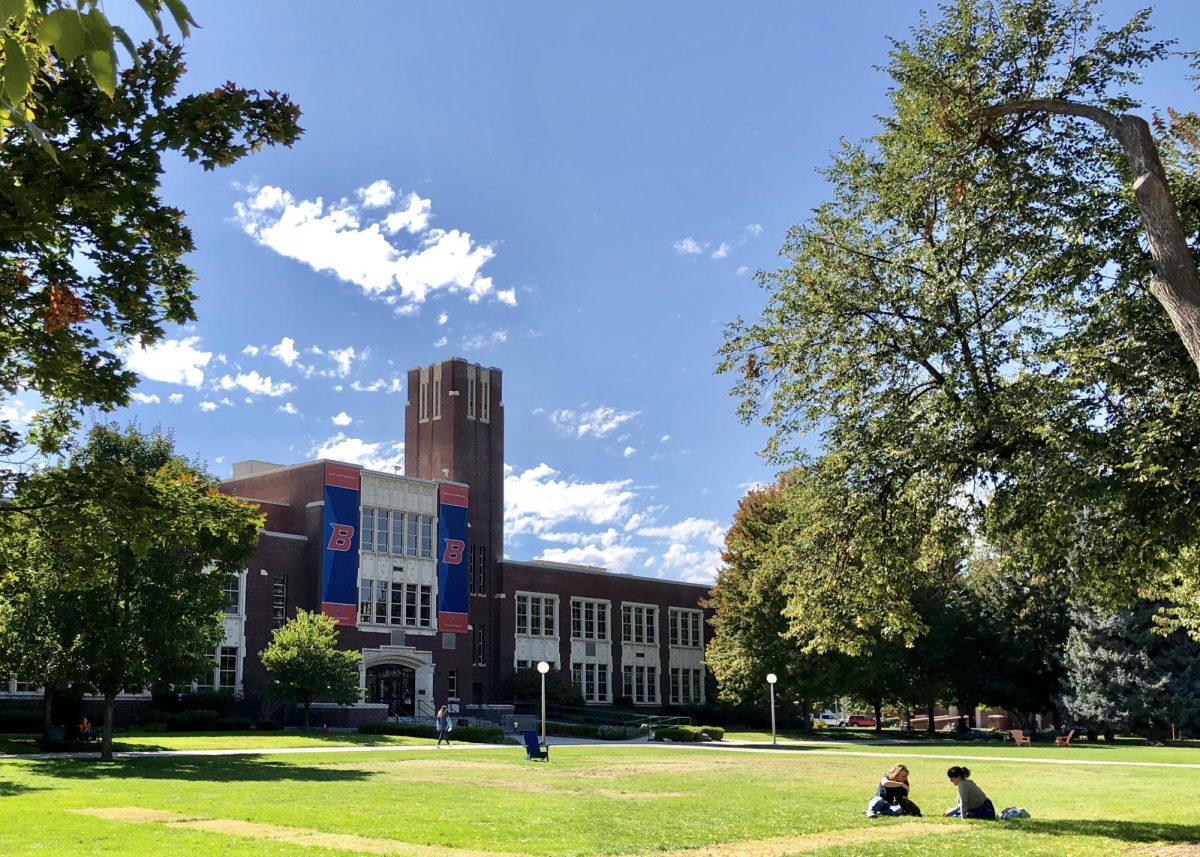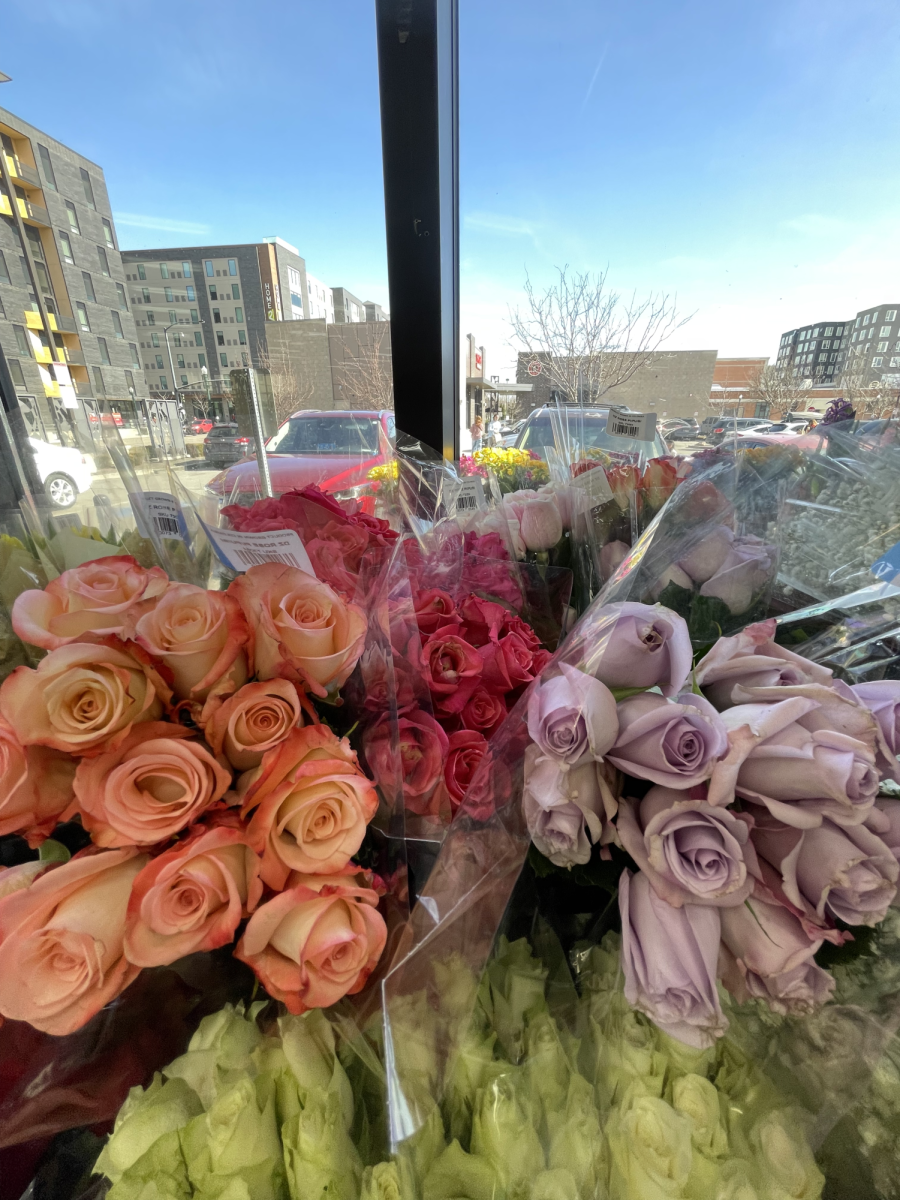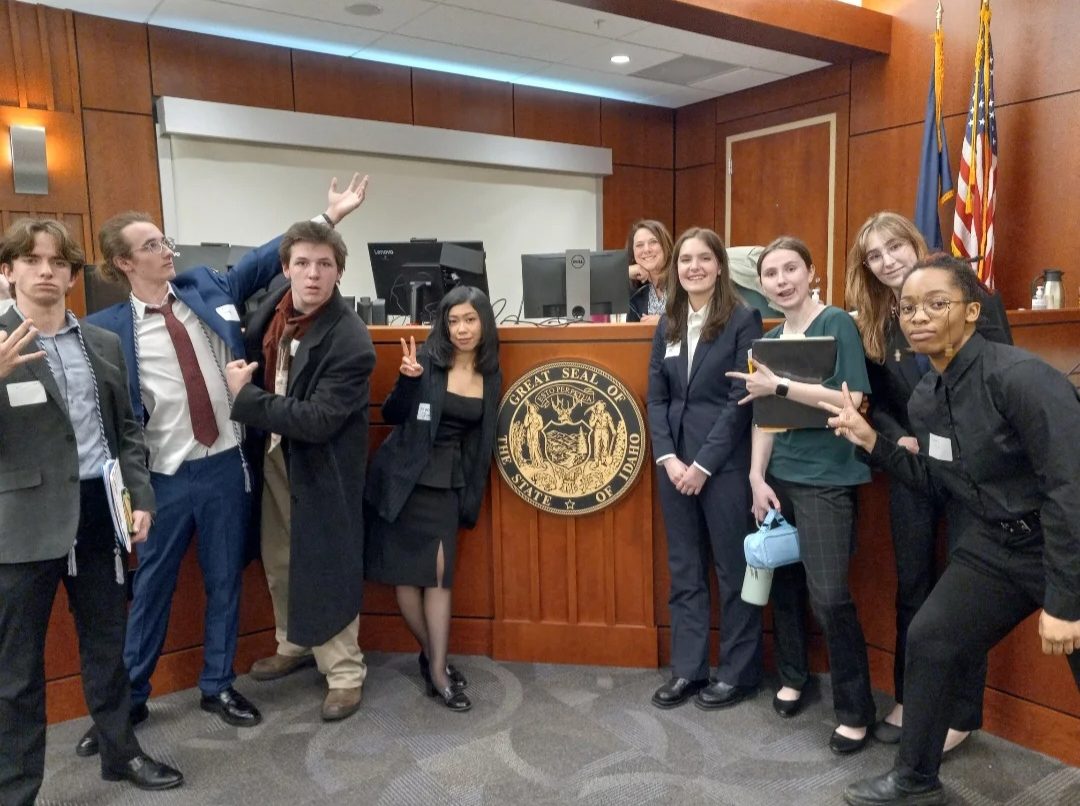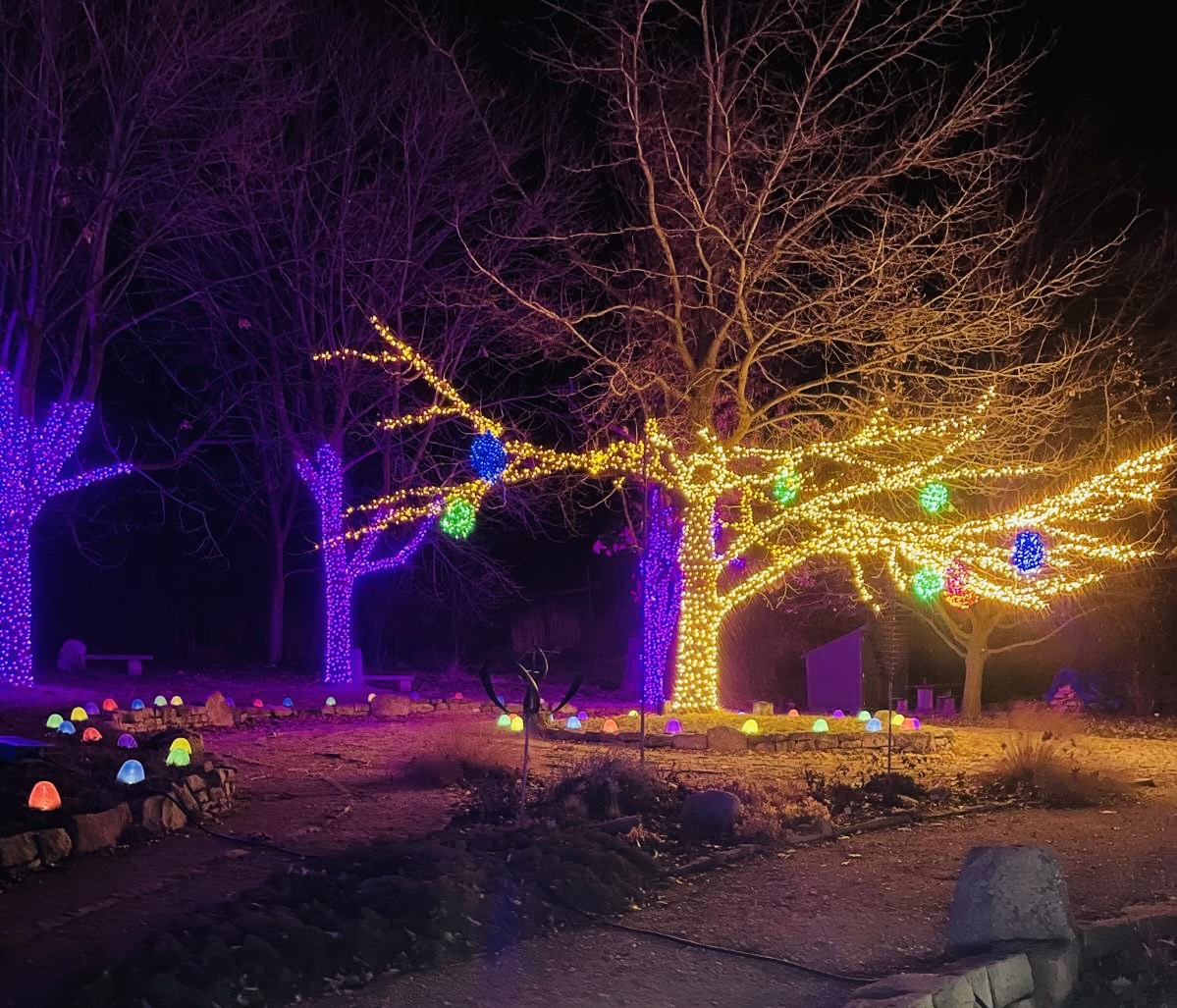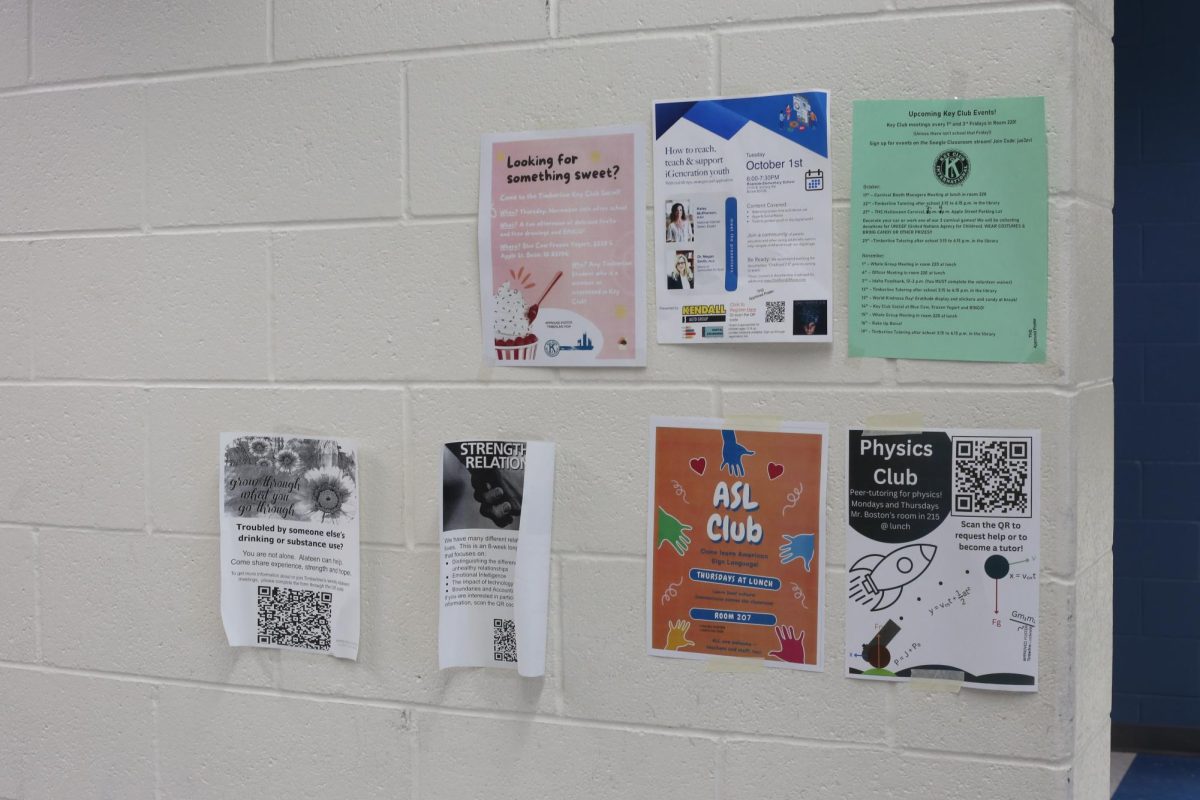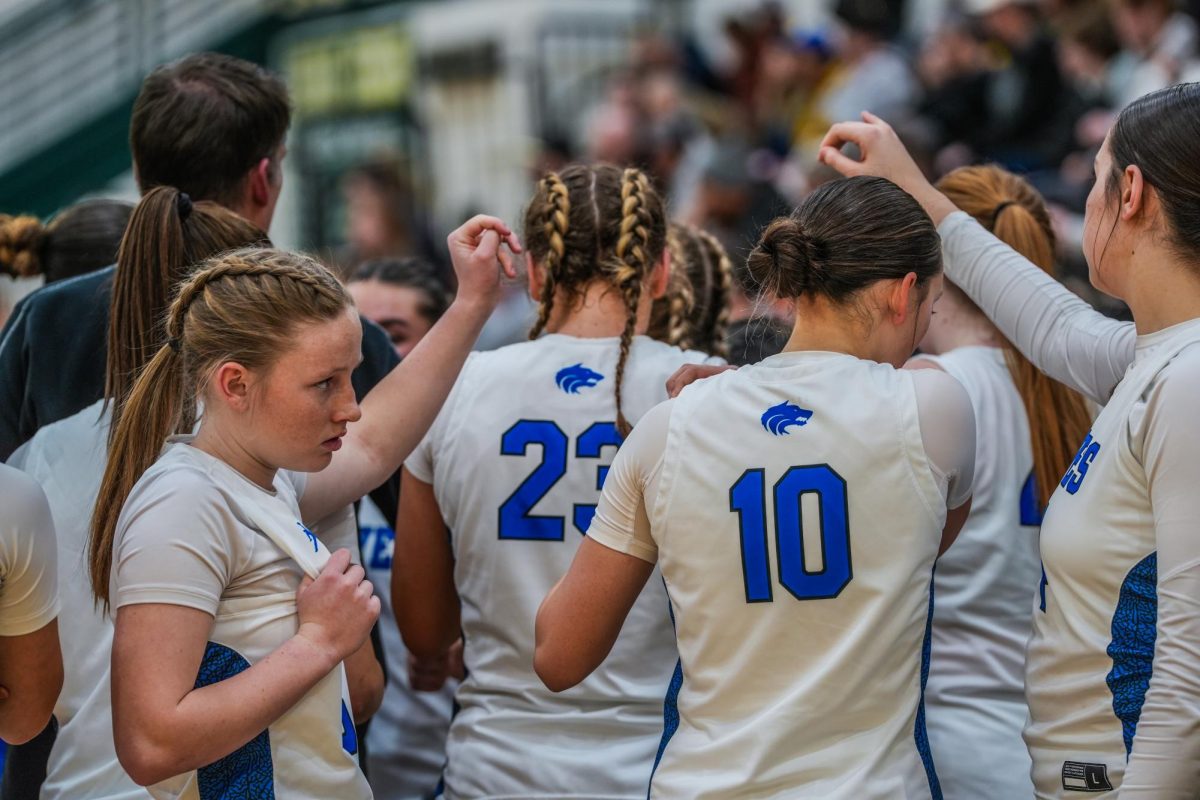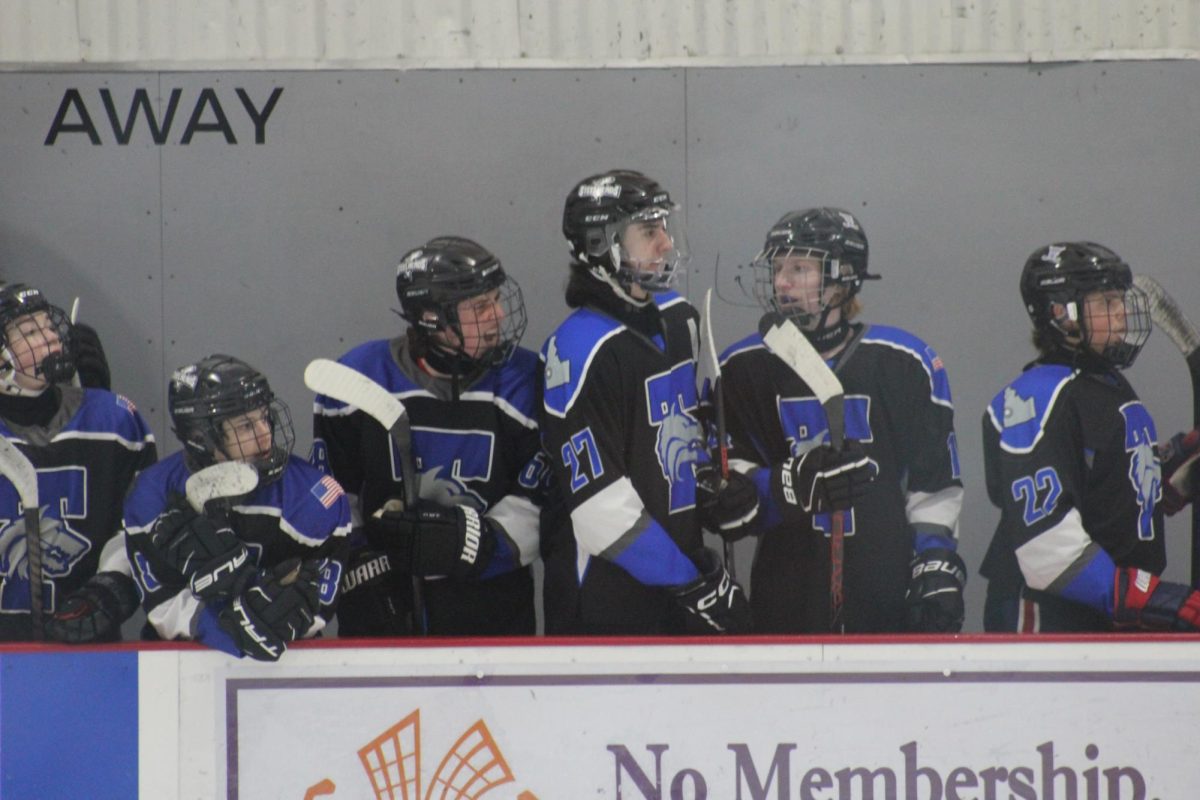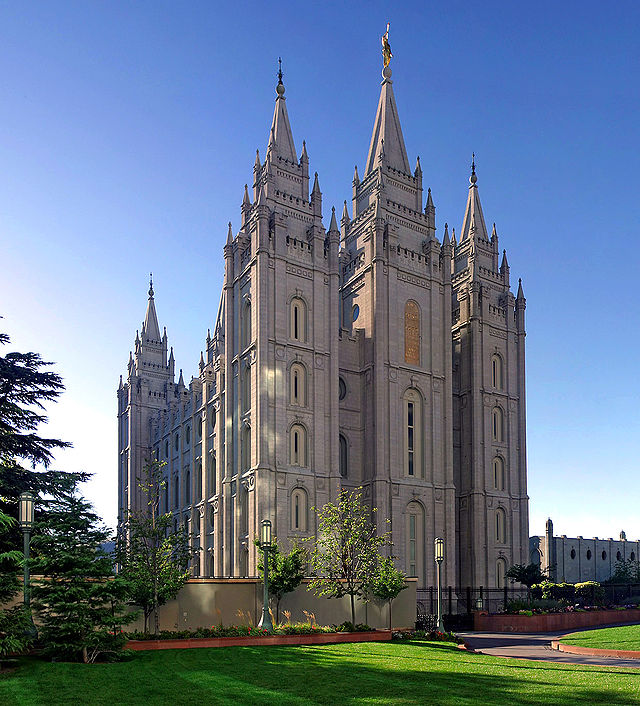Keep Sweet: Pray and Obey vs The LDS Church
The Line Between Fact and Fiction
Photo by: Entheta-Creative Commons Attribution 2.5
Latter Day Saints temple in the headquarters of Salt Lake City, Utah
November 9, 2022
A group of young women clad in pastel dresses and elaborate french braids stare adoringly up at a picture of a single man: Warren Jeffs.
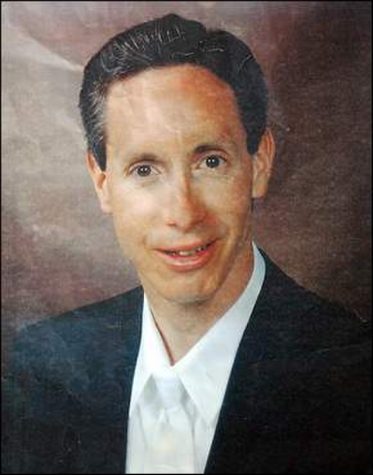
Portrait of FLDS leader Warren Jeffs
This haunting picture is one of the cover images for the newest Fundamental Latter Day Saints (FLDS) centered series, Netflix’s Keep Sweet: Pray and Obey. Released in June of this year, Keep Sweet joins a long line of other movies and TV shows like Under the Banner of Heaven and Our Father which detail the FLDS and some of their most infamous practices, such as polygamy or “plural marriage” as the FLDS refers to it.
Keep Sweet, specifically, focuses on a secretive FLDS community in Short Creek, Arizona under the rule of Warren Jeffs, who took the lead as the “prophet” after his father, Rulon Jeffs, passed away. During the peak of his leadership, Jeffs had 78 wives, 24 of which were minors. The story of the FLDS is told by first hand accounts of former members like child bride Elissa Walls, who was illegally and forcefully married at age 14 to her 19 year old cousin. The series comes to a stark end with Jeffs’ arrest for sexual misconduct with a minor, as well as a controversial raid on Jeffs’ secluded FLDS compound in Eldorado, Texas called the Yearning for Zion Ranch.
Keep Sweet, and series like it, have rocketed in popularity and critical reviews with a 91% Fresh rating on Rotten Tomatoes and according to Netflix the show was watched for 58.78 million hours between June 5th and June 19th.
But the popularity of shows like Keep Sweet begs the question of why the public is so fascinated with the FLDS, and if these shows over-dramatize the faith itself.

BHR Foundation National Latter Day Saint Survey reporting on how respondents receive information about the LDS church
Brian Whitlock, the Assistant Director of Communication for the North America Central Area of The Church of Jesus Christ of Latter-day Saints, contended that such shows often trade facts for enticing fiction.
Whitlock said, “My feeling on these types of shows is that they start with an ounce of truth or a few historical facts and then embellish things and paint with very broad, inaccurate strokes to entice people to watch.”
In an interview with Mel Magazine Keep Sweet director Rachel Dretzin commented that the stories of survivors were based on real life experiences.
“Pieces of it — particularly the sensational pieces — have been tackled, but we were really trying to look at the whole [story]” Dretzin said.
So what are the facts?
The Church of Latter Day Saints was founded by leader Joseph Smith in 1830 when the Book of Mormon was published. In the 1840’s, the LDS fled persecution in the eastern United States, and led by Smith’s disciple Brigham Young, established themselves permanently in Salt Lake City, Utah.
The LDS fractured when in 1890 the church banned polygamy. FLDS individuals who believed that polygamy was the cornerstone of the faith split from the mainstream LDS, and began forming strict sects that focused on one core idea; the more wives a man has during his life the higher he is in heaven. This belief has become a catalyst for controversy and confusion.
But, when asked if there was any association between the FLDS and the LDS Whitlock said, “there is none”.
Although the church hasn’t recognized polygamist marriages for over 100 years popular culture has conflated polygamy and the LDS. According to the Salt Lake Tribune, approximately 46% of current voters incorrectly believe that the LDS church practices polygamy.
According to the director Dretzin, her goal in the Keep Sweet documentary was not to make a connection between the FLDS and the LDS or to degrade the LDS faith.
Instead she said, “We were trying to tell a story that we felt was not singular. It’s extreme, but [with] religion — and, particularly, fundamentalist religion — the canon is a tool for men to oppress women. And it’s not contained to the FLDS church.”
Yet the LDS church doesn’t consider this generalized critique of religion as a good thing.
Quoting American writer Stephen Carter, Whitlock said, “There is a worrisome trend in our culture toward treating religious beliefs as arbitrary and unimportant, a trend supported by rhetoric that implies there is something wrong with religious devotion. More and more, our culture seems to take the position that believing deeply in the tenets of one’s faith represents a kind of mystical irrationality, something that thoughtful, public-spirited American citizens would do better to avoid”.
Although some people choose not to participate in religion for a variety of reasons, it is true that the number of people belonging to religious congregations is declining. According to NPR, citing a Gallup Poll, religious membership in the U.S. has fallen to less than half of the population, leaving many to wonder if media like Keep Sweet is encouraging this religious exodus.
Perhaps this is why the LDS has attempted to open its doors to more parishioners in recent years.
“Latter-day Saints have made a concerted effort in recent decades to be better understood, to break down prejudices and correct misperceptions. This is best accomplished by inviting friends and neighbors to see us as we really are. We are followers of Jesus Christ and strive to live as he did” Whitlock said.
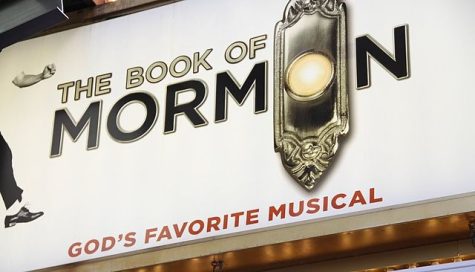
Marquee for the Book of Mormon at the Eugene O’Neil theater in New York
This effort by the LDS church, seems to have been both helped and hindered by popular culture. On the one hand, the smash hit “The Book of Mormon” on Broadway, although poking satirical fun at the church, also served as a platform for the Church to spread its message.
“They even bought space in the playbill that said, ‘You’ve seen the play, now read the book’ as a way to invite theatergoers to get the real understanding of our religion” Whitlock said.
But not all media has brought good attention to the church. The arrest of aforementioned fundamentalist leader Warren Jeffs, made headlines across the country and shows like Keep Sweet, used the arrest as a catalyst for further investigations into FLDS practices. In the past few years the LDS church has released multiple statements on the matter, trying to separate itself from the controversy.
Whitlock said, “When Warren Jeffs’ crimes became public knowledge, the church said it was “misleading and inaccurate” to associate him with our faith. In an official statement, they said: ‘Warren Jeffs is not a member of The Church of Jesus Christ of Latter-day Saints and never has been”’.
Yet despite such statements tensions still simmer between series like Keep Sweet and the LDS church. Some, like director Dretzin, see series like Keep Sweet as a chance to tell a familiar tale with a new perspective.
“The story of the FLDS has been touched on extensively in the media, from reality shows to magazine pieces and books — even a couple of documentaries. But, interestingly, nobody really approached it from the female perspective, which was very striking to me” Dretzin said.
But those within the church, like Whitlock, see these series as misrepresenting and overdramatizing the faith itself.
There’s talk of a second season of Keep Sweet that would reportedly focus on “how these women and men got out and made lives for themselves and reintegrated into society”, so it seems this conflict won’t be ending any time soon.
